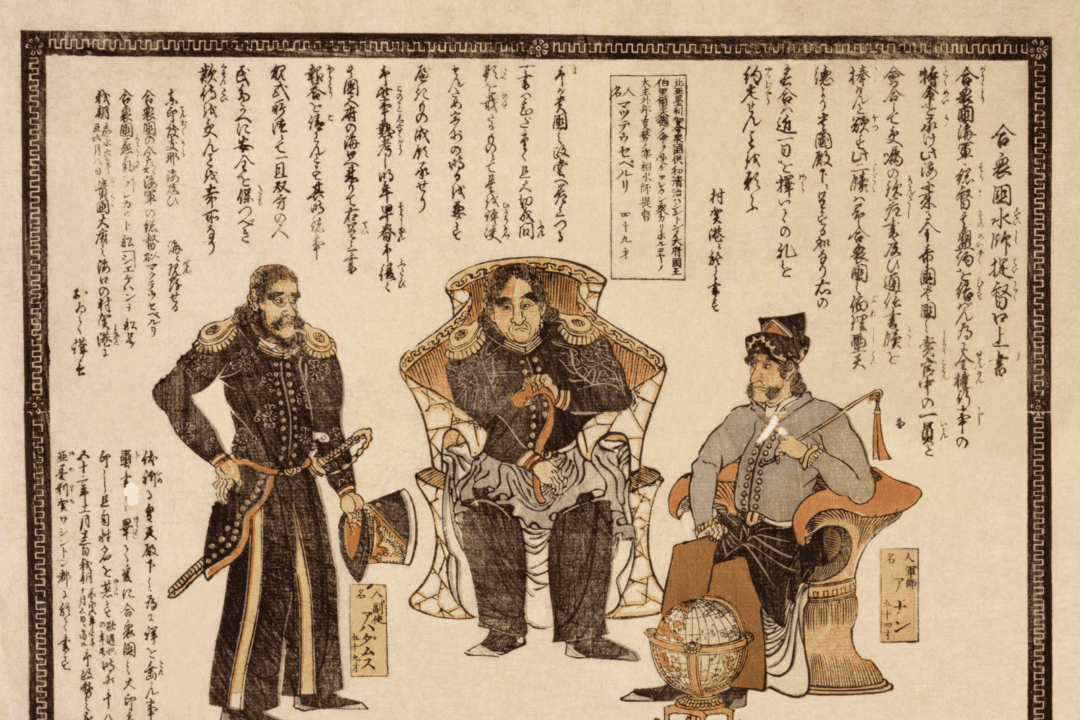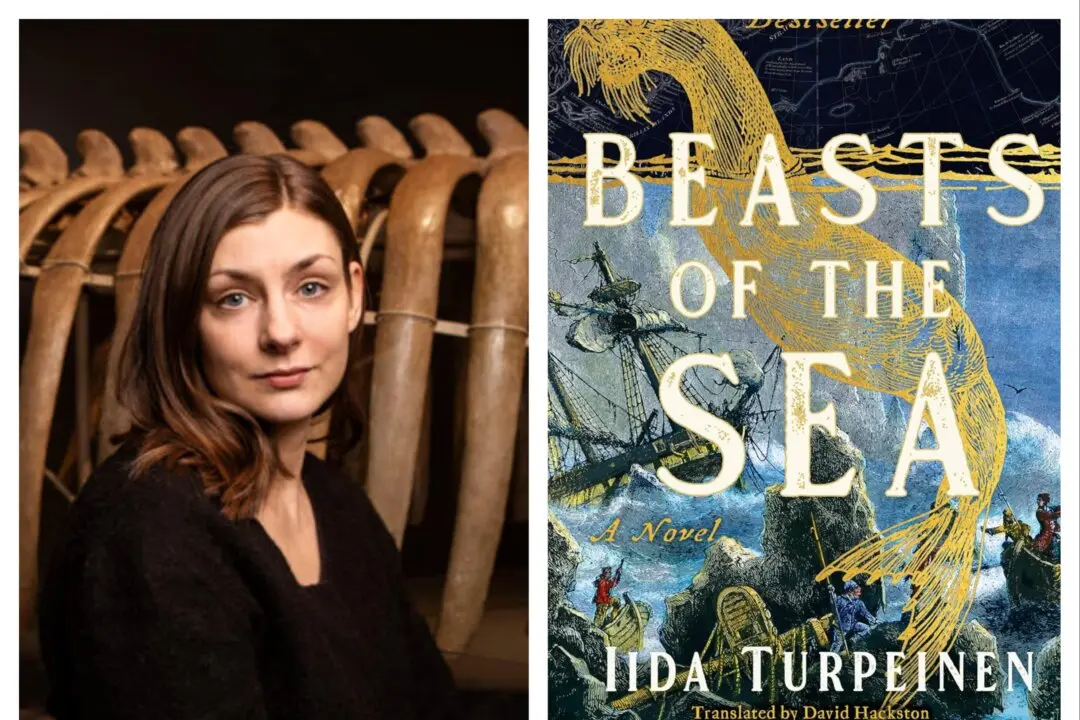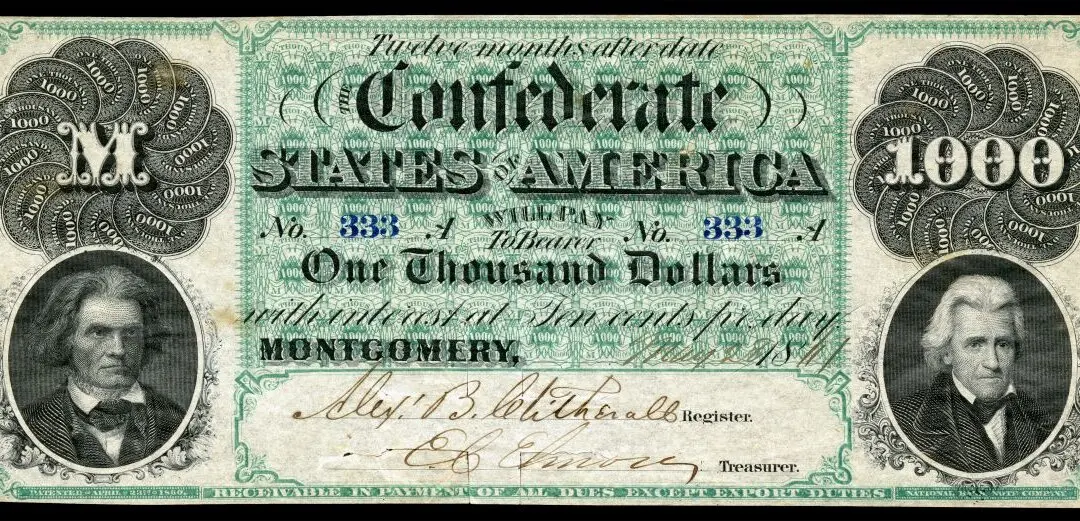With the preliminary peace treaty signed with England in November of 1782, American merchants, led by Robert Morris, the revolution’s financier, began planning for something they had never been allowed to do: conduct direct trade with China.
The group hired a privateer and renamed his ship the Empress of China. With a crew of 34, the ship’s cargo hold was filled with lead, camel cloth, cotton, animal skins, barrels of pepper, and 30 tons of ginseng, an herb the Chinese valued for its healing properties. The ship also carried $18,000 in silver coins―the primary metal used in China’s monetary system.






